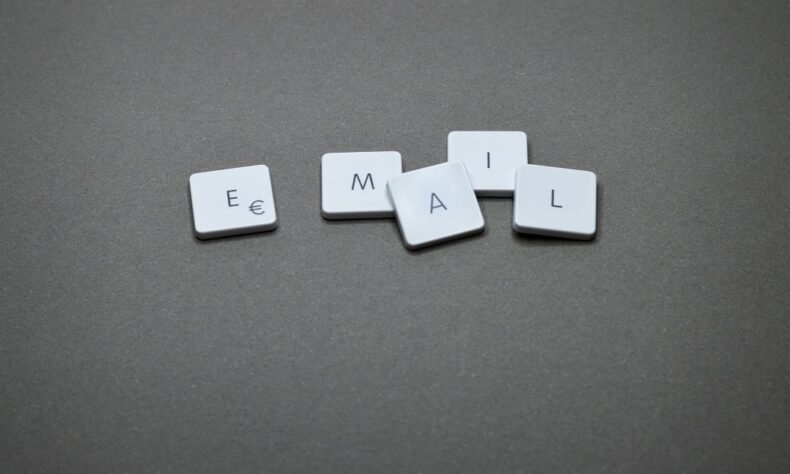
Promoting your upcoming sale can be tough if you don’t know where to start. But if you have the right marketing mix, it shouldn’t be that difficult. One component of that is to employ a successful email marketing campaign.
Planning for an upcoming sale is no easy feat. You have to be careful about the discounts you give out—tthey should be just enough to attract customers but also help you retain your profits. But business owners like you focus too much on the technical side, neglecting that they’d also have to get the word out to attract as many customers as possible. One tried-and-tested way to do that is by designing your email campaign. There’s no one way of doing that right, but there are some fundamental rules you need to follow.
Market segmentation is key.
The first thing you need to do before launching your email campaign is to understand the different shades of your target audience. Every business has various audience segments. If you’re an apparel brand, your audience could be segregated by gender, age group, or product categories.
You need to figure out how many audience sub-groups there are and what products they like most, and try to tap into the reasons why they like them. Answers to those questions will help you craft an email that makes them tick.
A strong subject line is a must.
Once you’ve figured out your market segments, you need to start crafting a personalized email for each segment. But before that, you need to come up with a compelling subject line that prompts potential customers to open your email. That’s certainly easier said than done, but there are a few ways you can go about doing this.
First, imagine yourself in the customer’s shoes. Would you like to open a sales email from a random company? Probably not. In fact, chances are you’d toss it into the trash folder without opening it. So, your subject line needs to be customer-focused, not sales-focused. The easiest way to do that is by invoking the customer’s pain points and hinting that you have the solution.
On to crafting your perfect email
The perfect email doesn’t exist, but it does if you play your cards right. Most marketers flood their emails with walls of text. Let’s be honest, no one wants to wade through that. Humans are visual creatures and expect you to convey your message with a single glance.
So, you should add plenty of visuals and images to not bore your viewers. I recommend inserting catchy and colorful sale flyers that present all the information about your products and discounts in a colorful way. You can use PosterMyWall’s pre-built sale flyer templates to craft posters in a few clicks.
If you’re adding text to your email, be mindful of not coming across as promoting your products. Always remember that the prime purpose of your emails is to solve the customers’ problems, not sell your products. As a good rule of thumb, you should follow the 80-20 rule, meaning only 20% of your email should be reserved for directly marketing your products or services.
You won’t get sales without CTAs.
Having a call-to-action (CTA) in your emails is a must-have. As the name suggests, a CTA tells the viewer what to do if they want to register for a free trial or take part in a lucky draw. Even if you just want to inform your customers about the upcoming sale, your email should end with a strong phrase like “Get your favorite jackets at X% off now!”
Another thing to keep in mind when crafting effective CTAs is to invoke a sense of urgency in the customer’s mind. If they think the sale won’t last that long, they’ll spring into action right away, and that’s what you’re counting on. Your CTAs should be spread throughout your email, but don’t overdo it, as it comes off as being overly salesy, which turns off most potential customers.
Are your emails mobile-friendly?
Perhaps the biggest mistake marketers make when rolling out their email campaigns is not checking if their emails are optimized for mobile devices or not. When you insert graphics, banners, and posters into your email, they won’t be optimized for smaller screens.
You don’t want the contents of your email messed up on a phone, especially when most viewers check their emails on their phones. Using a pre-built email template designed for phones and tablets is the best way to overcome this problem.
A final piece of advice
The strategies mentioned above work like a charm—rremember, though, that they aren’t a universal formula but rather a basic framework for a successful email campaign. You’ll have to fill in the blanks on your own by experimenting with several strategies and tweaking them for your products and audience. Don’t forget to monitor your results and make changes along the way. I highly recommend you initially launch your campaign on a small subset of your target audience and make tweaks accordingly before rolling out to all your market segments.






